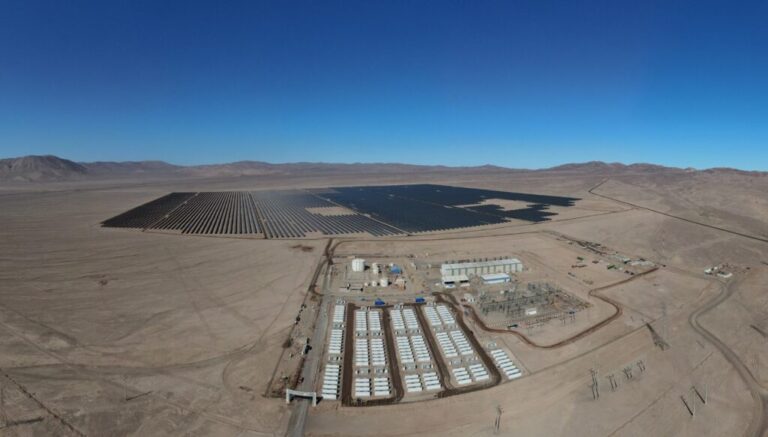Discovering the 48V hybrid: what makes it special in the world of cars?

In a constantly evolving automotive world, the pursuit of sustainability and efficiency has led to the development of innovative technologies. One of the most notable advancements in this field is the 48V hybrid, also known as Mild Hybrid or microhybrid. This type of vehicle combines an internal combustion engine with a low-voltage electric system, which not only improves fuel consumption efficiency but also reduces CO2 emissions. Through this synergy, cars with 48-volt technology offer significant advantages for both drivers and the environment, transforming the driving experience and contributing to a more sustainable future.
Hybrid technology has revolutionized the way we conceive vehicles, and within this world, 48V hybrid cars, known as Mild Hybrids, represent an innovative solution that combines efficiency and sustainability. Hyundai, among other manufacturers, has adopted this technology and offers a range of models equipped with a system that not only enhances performance but also reduces fuel consumption and CO2 emissions. In this article, we will explore in depth the features that make 48V hybrids a standout option in today’s automotive market.
What is exactly a 48V hybrid?
The essence of a 48V hybrid car lies in its powertrain system, which combines an internal combustion engine with a small 48-volt electric motor. This system provides additional power of approximately 12 kW, resulting in a more effective start and smoother accelerations. By integrating with the gasoline or diesel engine, the electric system optimizes the vehicle’s performance, allowing for a reduction in fuel consumption and CO2 emissions of up to 7%.
Operation of the 48V hybrid system
The operation of a 48V hybrid is based on the assistance of the electric motor to the internal combustion engine in critical phases of driving. In situations like starting or accelerating, the electric motor activates, providing an initial boost that enhances the vehicle’s responsiveness. Likewise, during braking, the system recovers some of the energy generated, converting it into electricity and storing it in the 48V battery, thereby increasing the car’s energy efficiency.
Advantages of Mild Hybrid technology
48V hybrid cars provide a series of significant advantages compared to conventional technology vehicles. They not only improve performance and fuel consumption efficiency but also have environmental benefits. Thanks to their ECO label from the DGT, these vehicles can access low emission zones and enjoy tax benefits. Additionally, the Mild Hybrid technology does not reduce the space available in the interior or trunk of the vehicle, making it a practical option for urban users.
Differences between a conventional hybrid and a 48V hybrid
One of the main differences between a conventional hybrid (HEV) and a 48V hybrid lies in the propulsion capability. While an HEV can operate purely on electric power, the Mild Hybrid system assists the combustion engine without the ability to move the vehicle without the latter’s involvement. Moreover, 48V hybrids are simpler and more affordable, making their maintenance more manageable.
The future of 48V hybrids
With the growing focus on sustainability and compliance with emission regulations, 48V hybrids are rapidly gaining ground. The technology they utilize, such as that of the Hyundai TUCSON 48V, promises a considerable reduction in terms of consumption and emissions. With their mass implementation, especially in Europe, it is likely that these vehicles will play a crucial role in the transition to cleaner and more efficient mobility, thus contributing to global sustainability goals.
For those interested in delving deeper into this technology, there are various sources where one can learn more, such as the analysis of the 48V hybrid or the revolutionary 4×4 hybrid engine. Additionally, one should not miss the innovative hybrid and electric SUV that is being introduced to the market.
With its multiple benefits and the manufacturers’ commitment to the environment, 48V hybrids are undoubtedly an attractive option for drivers seeking a more sustainable alternative in their automotive experience.
Conclusion: The 48V Hybrid and Its Impact on Sustainable Mobility
The 48V hybrid has positioned itself as an innovative alternative within the broad range of eco-friendly vehicles available in today’s market. Its ability to combine a traditional combustion engine with a small electric motor provides remarkable energy efficiency, enhancing the driving experience while contributing to the reduction of CO2 emissions.
One of the most outstanding features of mild hybrid cars, such as those from Hyundai, is their electric assistance technology. This allows the combustion engine to operate more efficiently during critical situations like starting or accelerating, which in turn leads to a fuel consumption reduction of up to 7%. This not only translates into economic savings but also contributes to environmental protection, aligning with current demands for more sustainable transport.
Furthermore, the integration of hybrid technology in these vehicles is done without sacrificing space or comfort, allowing drivers to enjoy high performance without compromising their onboard experience. The ECO label that these models receive facilitates their access to restricted urban areas and offers additional benefits, such as discounts on tolls and parking.
As emission control protocols become stricter globally, the 48V hybrid emerges as a viable and accessible option for those looking to contribute to ecological mobility without forgoing the advantages of advanced technology. Undoubtedly, the future of the automotive industry is moving towards greater electrification, and mild hybrid vehicles will play a crucial role on that path.




